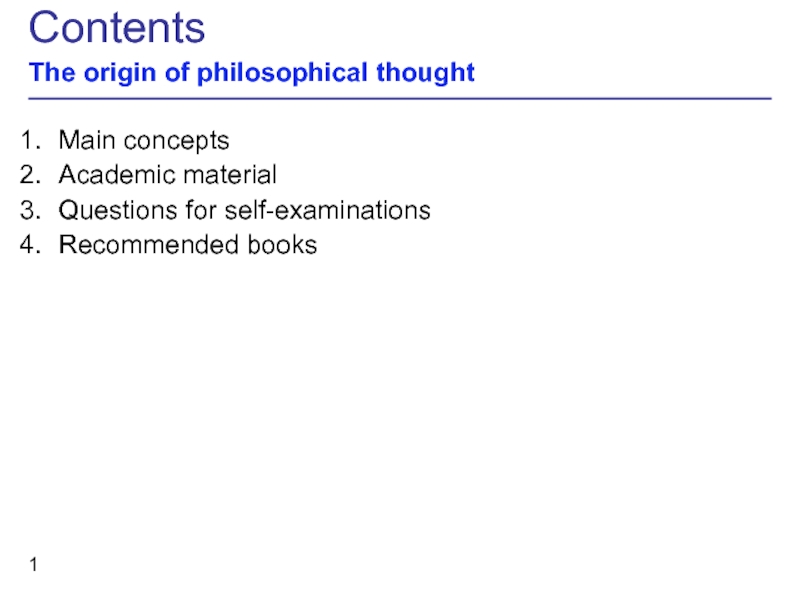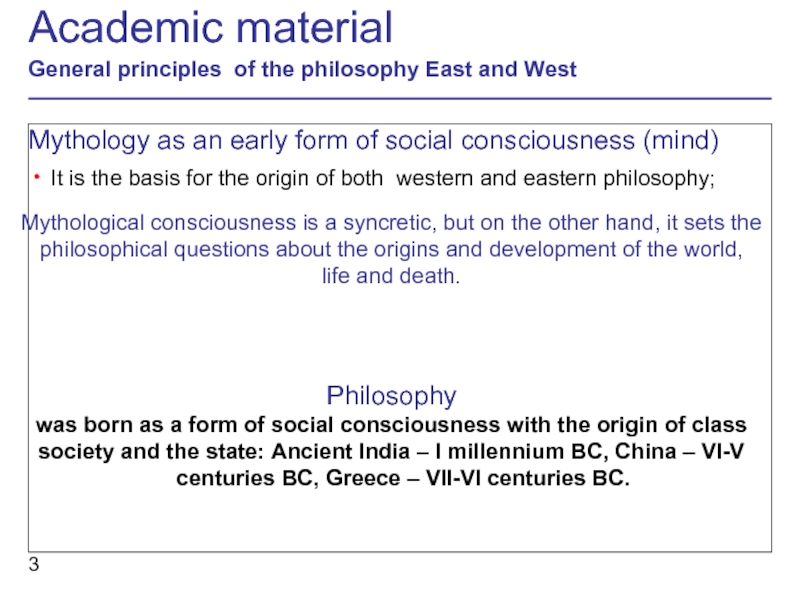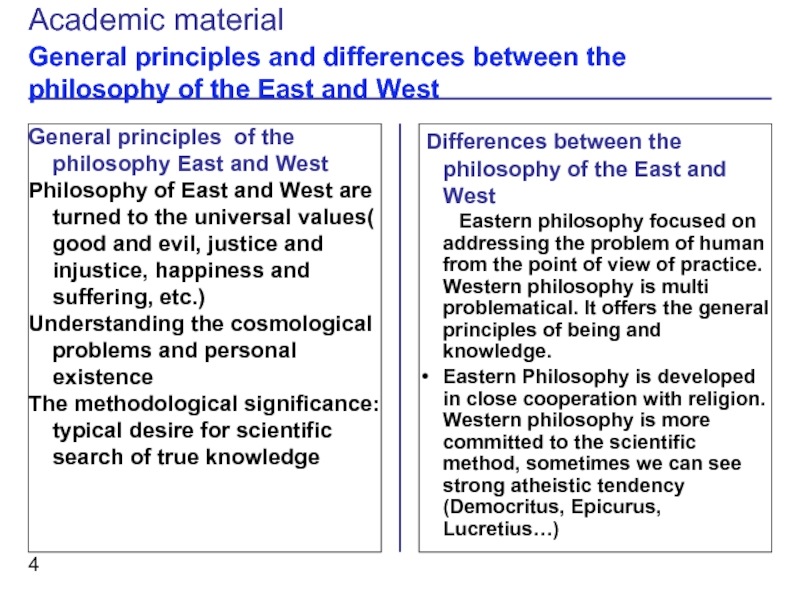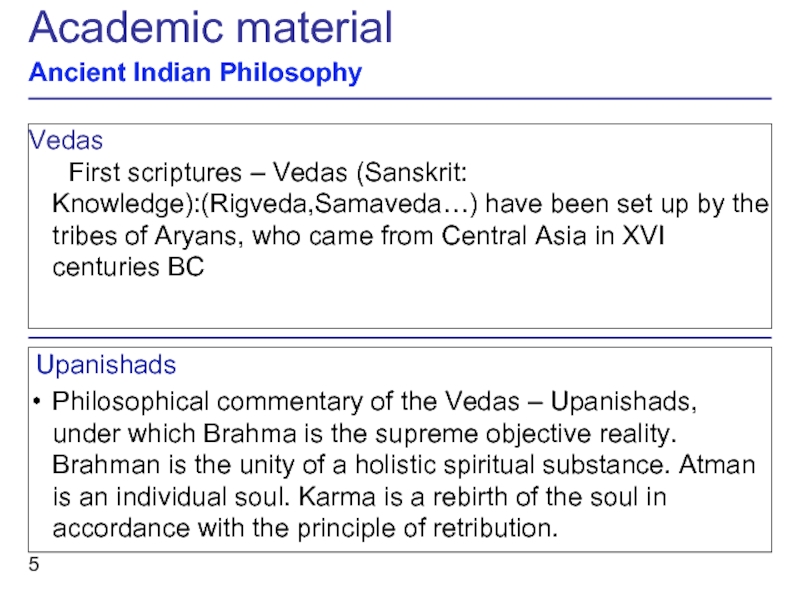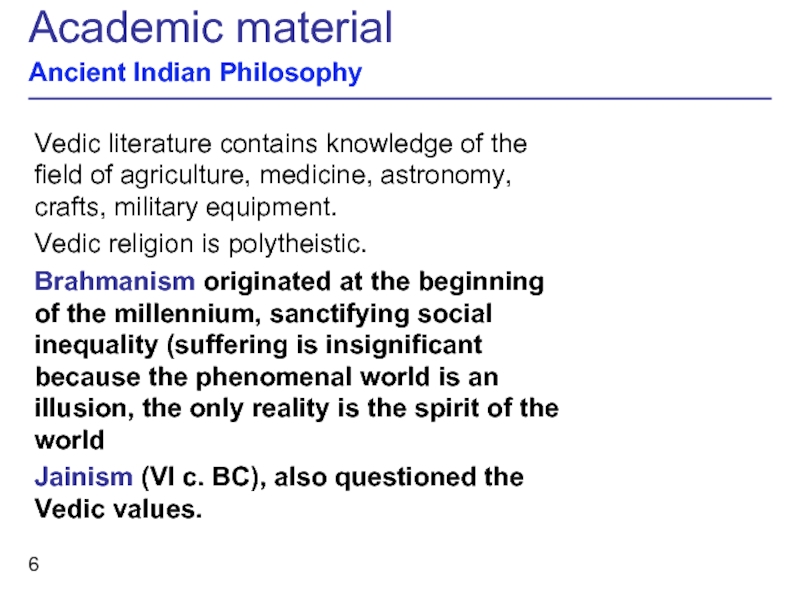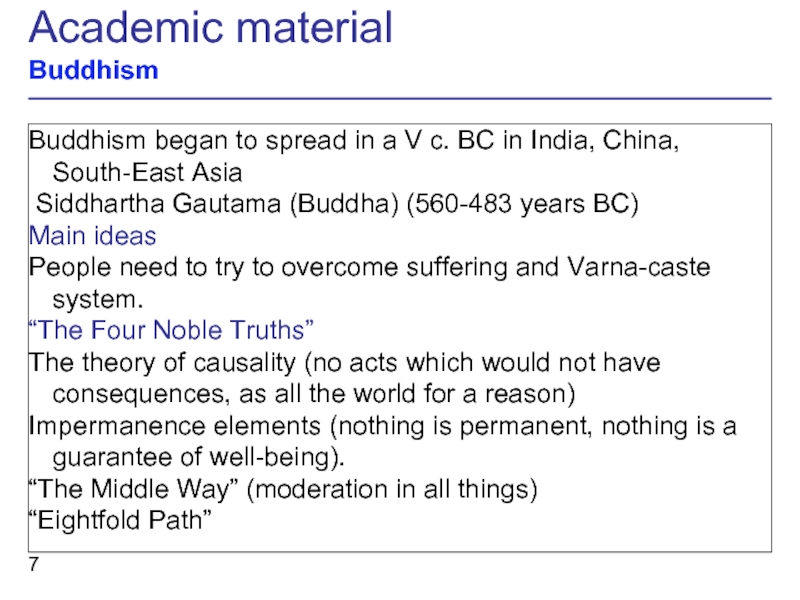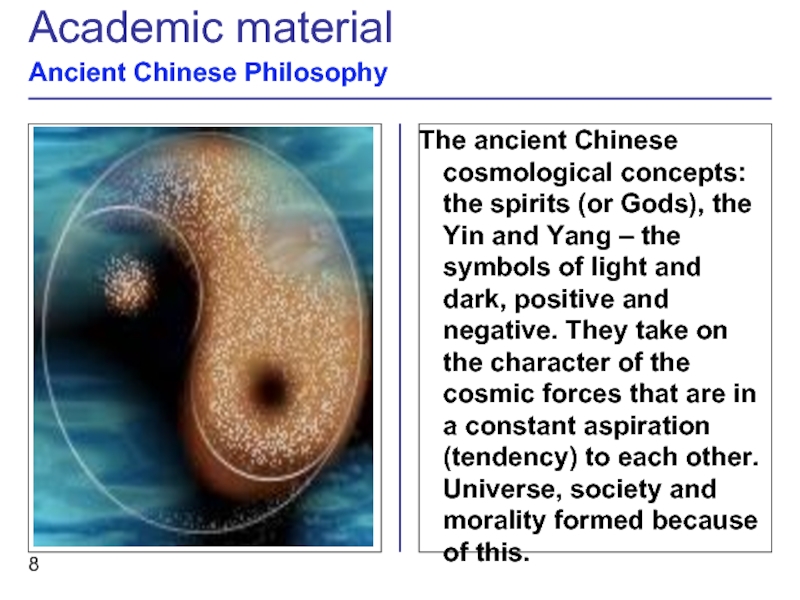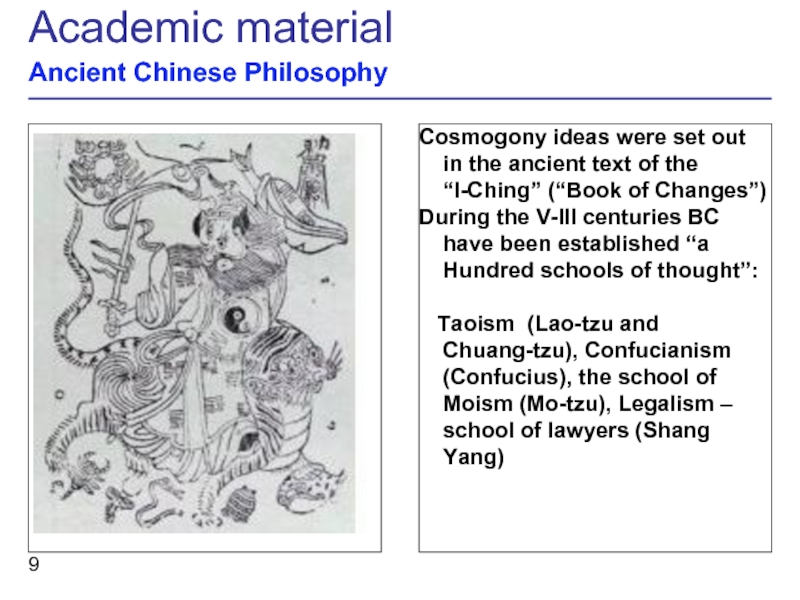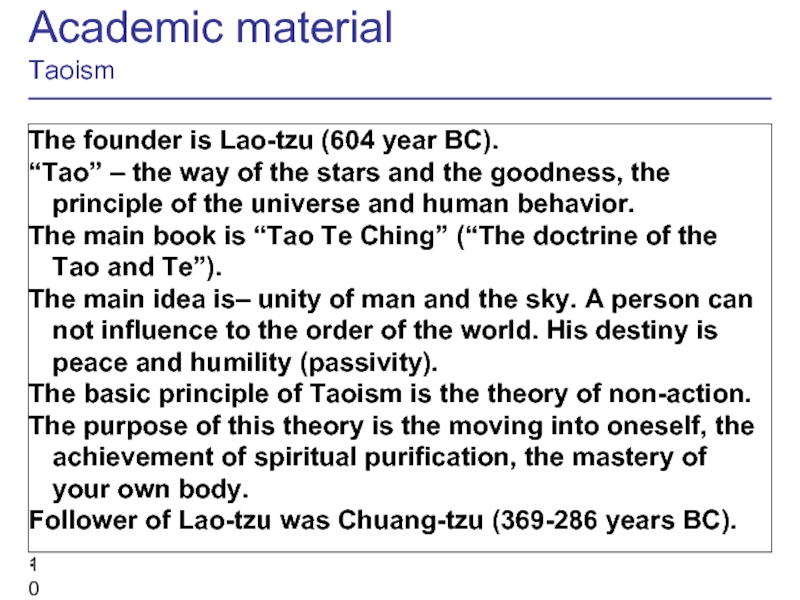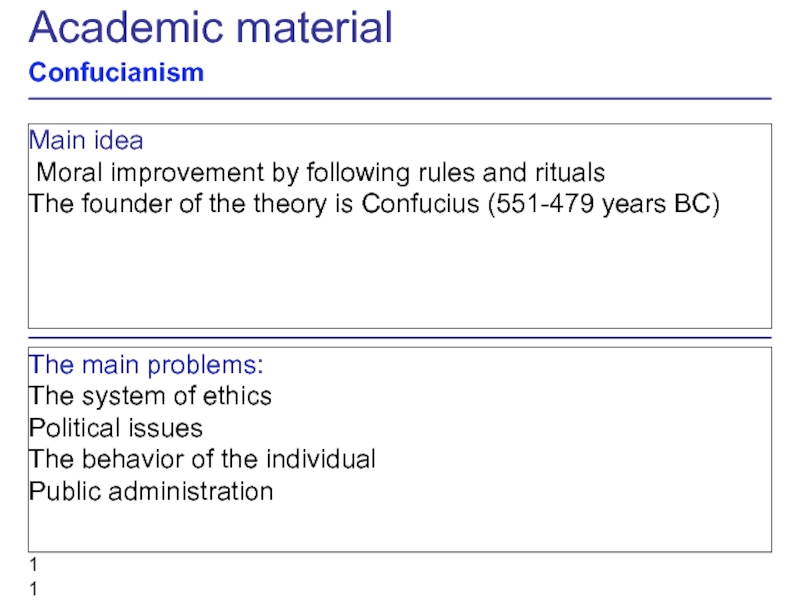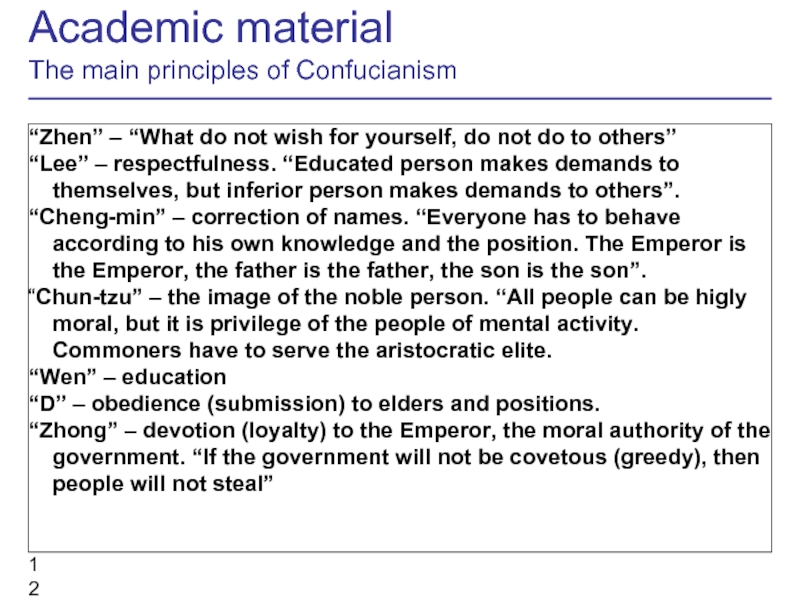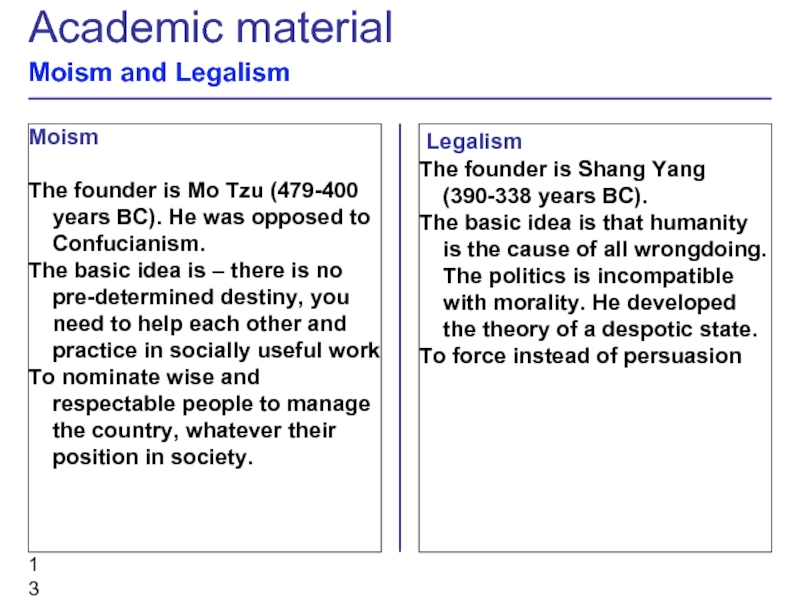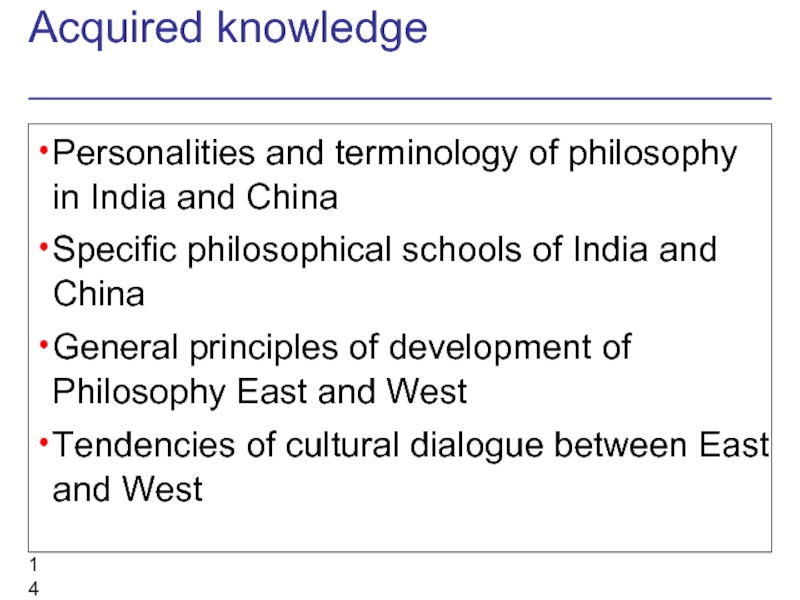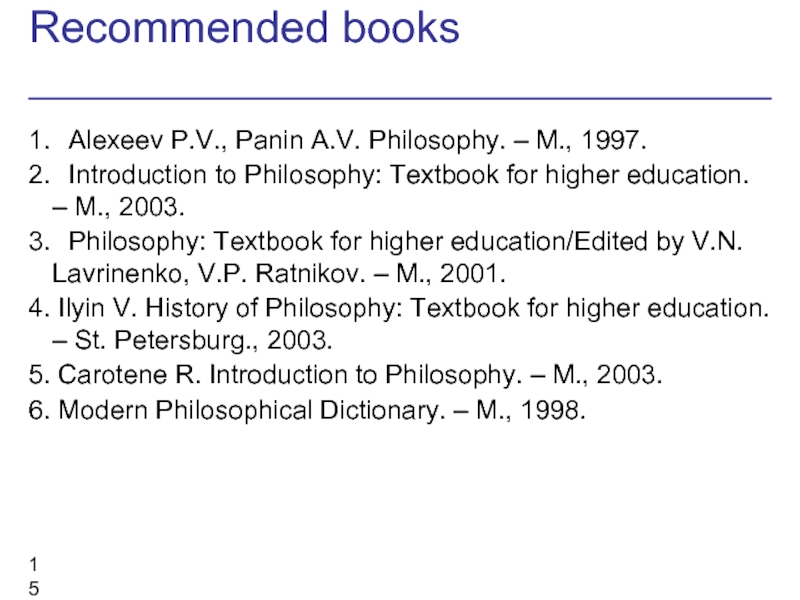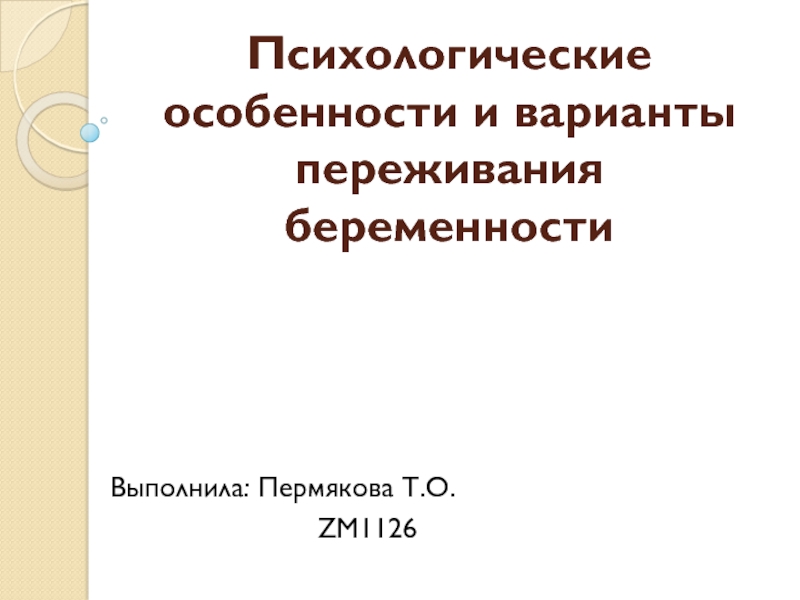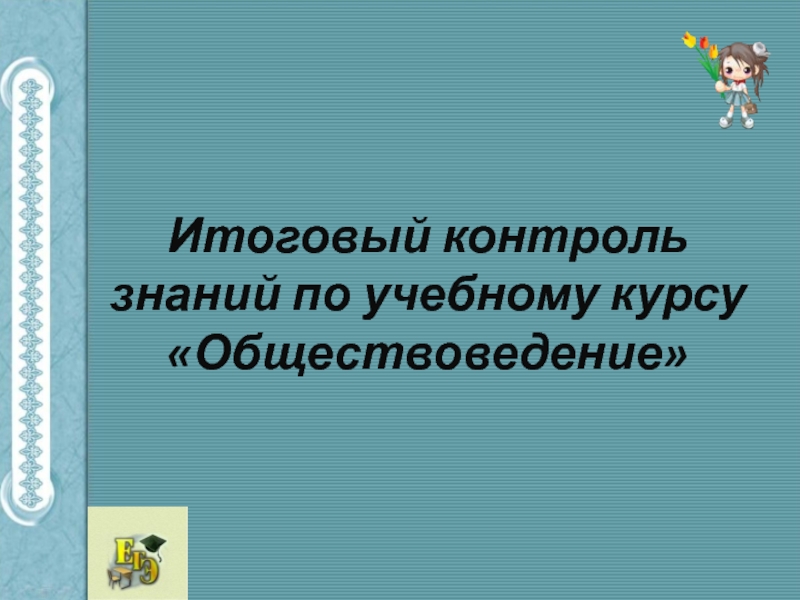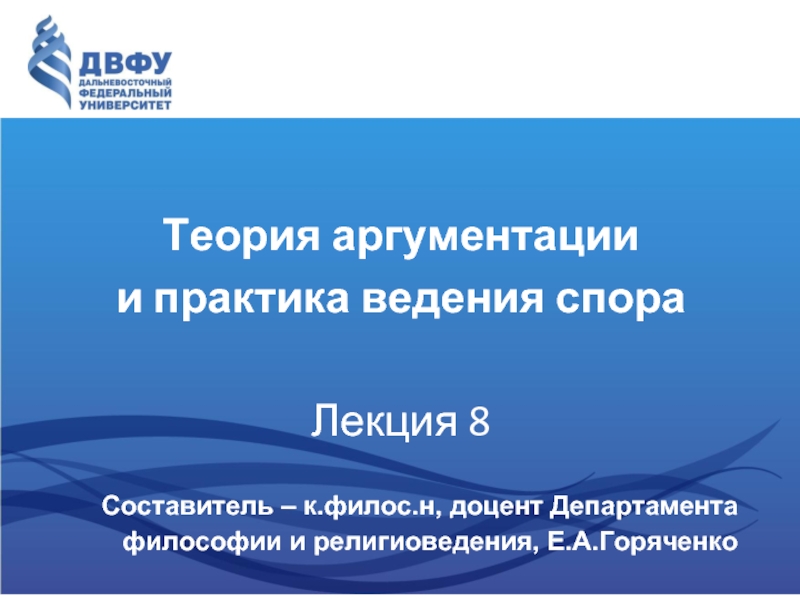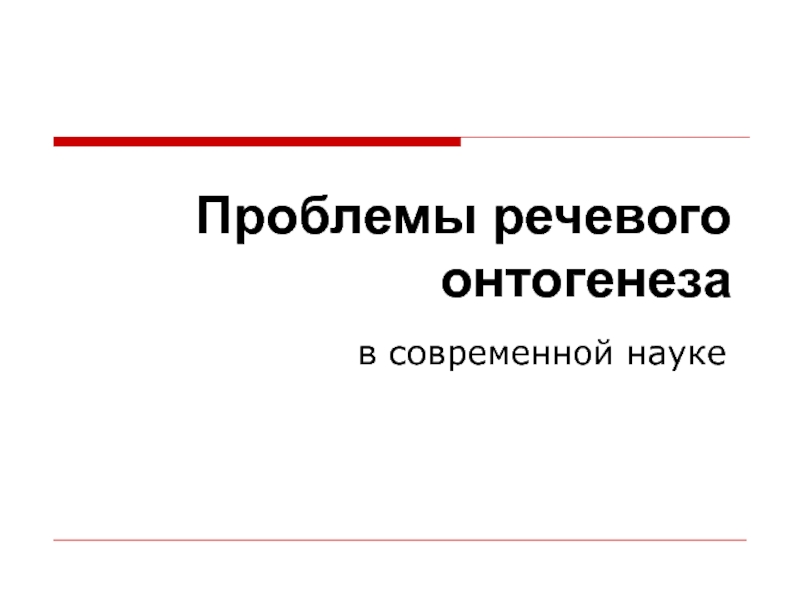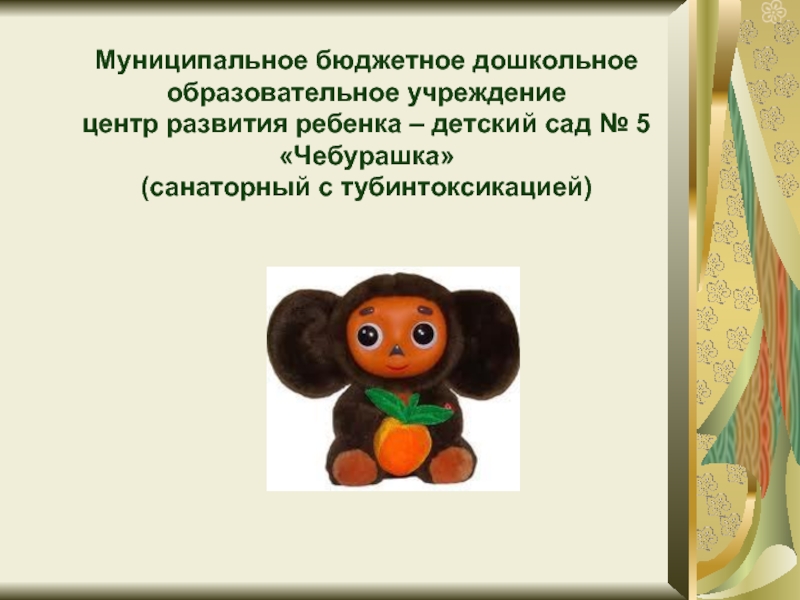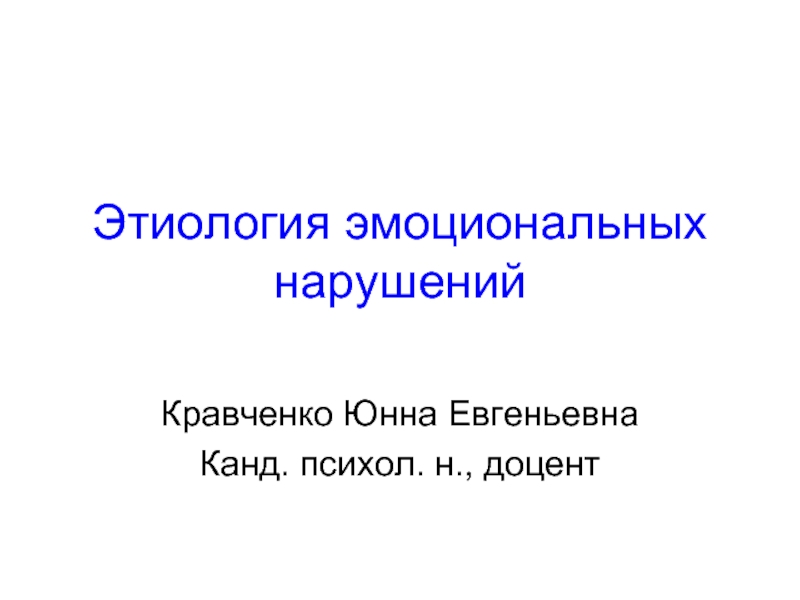- Главная
- Разное
- Дизайн
- Бизнес и предпринимательство
- Аналитика
- Образование
- Развлечения
- Красота и здоровье
- Финансы
- Государство
- Путешествия
- Спорт
- Недвижимость
- Армия
- Графика
- Культурология
- Еда и кулинария
- Лингвистика
- Английский язык
- Астрономия
- Алгебра
- Биология
- География
- Детские презентации
- Информатика
- История
- Литература
- Маркетинг
- Математика
- Медицина
- Менеджмент
- Музыка
- МХК
- Немецкий язык
- ОБЖ
- Обществознание
- Окружающий мир
- Педагогика
- Русский язык
- Технология
- Физика
- Философия
- Химия
- Шаблоны, картинки для презентаций
- Экология
- Экономика
- Юриспруденция
Contents. The origin of philosophical thought презентация
Содержание
- 1. Contents. The origin of philosophical thought
- 2. Main Concepts The origin of philosophical thought
- 3. Academic material General principles of the philosophy
- 4. Differences between the philosophy of the
- 5. Vedas First scriptures – Vedas (Sanskrit: Knowledge):(Rigveda,Samaveda…)
- 6. Academic material Ancient Indian Philosophy
- 7. Academic material Buddhism Buddhism began to spread
- 8. Рисунок The ancient Chinese cosmological concepts: the
- 9. Рисунок Cosmogony ideas were set out in
- 10. Academic material Taoism The founder is Lao-tzu
- 11. Main idea Moral improvement by following
- 12. Academic material The main principles of Confucianism
- 13. Legalism The founder is Shang Yang
- 14. Acquired knowledge Personalities and terminology of philosophy
- 15. Recommended books 1. Alexeev P.V., Panin А.V.
Слайд 1Contents
The origin of philosophical thought
Main concepts
Academic material
Questions for self-examinations
Recommended books
Слайд 2Main Concepts
The origin of philosophical thought
Atman
Brahman
Buddha
Veda
Taoism (daosizm)
Hinduism
«I-Ching» («The book of changes»)
Confucianism
Upanishads
Слайд 3Academic material
General principles of the philosophy East and West
Mythology as an
Mythological consciousness is a syncretic, but on the other hand, it sets the
philosophical questions about the origins and development of the world,
life and death.
Philosophy
was born as a form of social consciousness with the origin of class
society and the state: Ancient India – I millennium BC, China – VI-V centuries BC, Greece – VII-VI centuries BC.
It is the basis for the origin of both western and eastern philosophy;
Слайд 4 Differences between the philosophy of the East and West
Eastern philosophy
Eastern Philosophy is developed in close cooperation with religion. Western philosophy is more committed to the scientific method, sometimes we can see strong atheistic tendency (Democritus, Epicurus, Lucretius…)
General principles of the philosophy East and West
Philosophy of East and West are turned to the universal values( good and evil, justice and injustice, happiness and suffering, etc.)
Understanding the cosmological problems and personal existence
The methodological significance: typical desire for scientific search of true knowledge
Academic material
General principles and differences between the philosophy of the East and West
Слайд 5Vedas
First scriptures – Vedas (Sanskrit: Knowledge):(Rigveda,Samaveda…) have been set up by
Academic material
Ancient Indian Philosophy
Upanishads
Philosophical commentary of the Vedas – Upanishads, under which Brahma is the supreme objective reality. Brahman is the unity of a holistic spiritual substance. Atman is an individual soul. Karma is a rebirth of the soul in accordance with the principle of retribution.
Слайд 7Academic material
Buddhism
Buddhism began to spread in a V c. BC in
Siddhartha Gautama (Buddha) (560-483 years BC)
Main ideas
People need to try to overcome suffering and Varna-caste system.
“The Four Noble Truths”
The theory of causality (no acts which would not have consequences, as all the world for a reason)
Impermanence elements (nothing is permanent, nothing is a guarantee of well-being).
“The Middle Way” (moderation in all things)
“Eightfold Path”
Слайд 8Рисунок
The ancient Chinese cosmological concepts: the spirits (or Gods), the Yin
Academic material
Ancient Chinese Philosophy
Слайд 9Рисунок
Cosmogony ideas were set out in the ancient text of the
During the V-III centuries BC have been established “a Hundred schools of thought”:
Taoism (Lao-tzu and Chuang-tzu), Confucianism (Confucius), the school of Moism (Mo-tzu), Legalism – school of lawyers (Shang Yang)
Academic material
Ancient Chinese Philosophy
Слайд 10Academic material
Taoism
The founder is Lao-tzu (604 year BC).
“Tao” – the way
The main book is “Tao Te Ching” (“The doctrine of the Tao and Te”).
The main idea is– unity of man and the sky. A person can not influence to the order of the world. His destiny is peace and humility (passivity).
The basic principle of Taoism is the theory of non-action.
The purpose of this theory is the moving into oneself, the achievement of spiritual purification, the mastery of your own body.
Follower of Lao-tzu was Chuang-tzu (369-286 years BC).
.
Слайд 11Main idea
Moral improvement by following rules and rituals
The founder of
Academic material
Confucianism
The main problems:
The system of ethics
Political issues
The behavior of the individual
Public administration
Слайд 12Academic material
The main principles of Confucianism
“Zhen” – “What do not wish
“Lee” – respectfulness. “Educated person makes demands to themselves, but inferior person makes demands to others”.
“Cheng-min” – correction of names. “Everyone has to behave according to his own knowledge and the position. The Emperor is the Emperor, the father is the father, the son is the son”.
“Chun-tzu” – the image of the noble person. “All people can be higly moral, but it is privilege of the people of mental activity. Commoners have to serve the aristocratic elite.
“Wen” – education
“D” – obedience (submission) to elders and positions.
“Zhong” – devotion (loyalty) to the Emperor, the moral authority of the government. “If the government will not be covetous (greedy), then people will not steal”
Слайд 13 Legalism
The founder is Shang Yang (390-338 years BC).
The basic idea
To force instead of persuasion
Moism
The founder is Mo Tzu (479-400 years BC). He was opposed to Confucianism.
The basic idea is – there is no pre-determined destiny, you need to help each other and practice in socially useful work
To nominate wise and respectable people to manage the country, whatever their position in society.
Academic material
Moism and Legalism
Слайд 14Acquired knowledge
Personalities and terminology of philosophy in India and China
Specific philosophical
General principles of development of Philosophy East and West
Tendencies of cultural dialogue between East and West
Слайд 15Recommended books
1. Alexeev P.V., Panin А.V. Philosophy. – М., 1997.
2. Introduction to Philosophy:
3. Philosophy: Textbook for higher education/Edited by V.N. Lavrinenko, V.P. Ratnikov. – М., 2001.
4. Ilyin V. History of Philosophy: Textbook for higher education. – St. Petersburg., 2003.
5. Carotene R. Introduction to Philosophy. – М., 2003.
6. Modern Philosophical Dictionary. – М., 1998.
